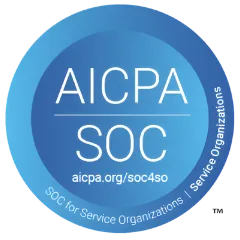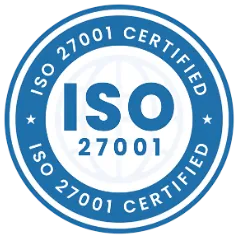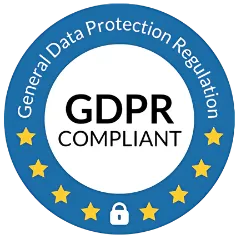Manual asset management and tracking of thousands of assets in a company is expensive, takes lots of time & effort, and still prone to error! Manual asset tracking methods are dis-organized especially when there are a lot of assets.
We might know what are the advantages of asset management & how beneficial asset management can be! But what happens when an organization is not equipped with asset management software!
Let's begin!
But prior to that, it's important to know what is asset management!
As per Wikipedia,
“Asset management is a systematic process of developing, operating, maintaining, upgrading, and disposing of assets in the most cost-effective manner (including all costs, risks and performance attributes, etc.)
It is also increasingly used in both the business world and public infrastructure sectors to ensure a coordinated approach to the optimization of costs, risks, service/performance, and sustainability.
Also Read: What Is Asset Management and What Are Its Types and Benefits?
It includes the management of the entire life cycle—including design, construction, commissioning, operating, maintaining, repairing, modifying, replacing, and decommissioning/disposal—of physical and infrastructure assets.”
Overall asset management offers a systematic approach to monitor and track assets. Moreover, it includes activities such as servicing, assigning & discarding of assets.
The biggest advantage of asset management provides is a better return on investment.
What Happens When an Organization Is Not Equipped with an Asset Management Software?
There are several issues arises, as described below:

1. No Asset Information
In the event that you don't even have the foggiest idea that how many assets are there in your organization and what's their status. Nobody takes note on what happens to those assets that you own.
Your organization will likewise need to reinvest, in this manner bringing additional expenses. Moreover, you will not know when maintenance is needed to one asset or, which asset is taking more maintenance & when it is procured, or even when it needs to be disposed etc.
Solution - The software allows you to keep a record of asset maintenance up to date. Moreover, it has all the information about the asset. Furthermore, it notifies & alerts the responsible person about the maintenance.
It means they don't have to keep in mind about asset maintenance. Set notification about asset maintenance & you will be notified. The notification feature is very efficient for those organization which has lots of assets & equipment.
2. Asset Failure
When an unexpected breakdown occurs, it not only costs money but also decreases the productivity of the organization. The workers can be rendered idle because of the machine breakdown.
Assets which are not maintained regularly can cause unexpected breakdowns, expensive repairs, and replacement of machine parts.
Solution - Preventive maintenance feature of our software comes really handy! It minimizes the sudden asset breakdown & failure chances because when an organization follows this practice then assets are maintained regularly & sent for maintenance if any sort of issue is detected.
It emphasizes proactive maintenance rather than reactive maintenance.
A preventive (proactive) maintenance will be much more economical then reactive maintenance. Reactive maintenance can make a huge dent in your pocket.
Also Read: 5 Risks of Not Using Asset Tracking Software in an Organization
3. Ghost Asset
Ghost assets can really hurt your business very badly because it directly impacts the organization's bottom line. For those who don't know what ghost assets are!
These are assets mentioned in the books but physically they are not available. Basically, companies are paying taxes for these assets which they are not even using.
According to the Research Gate,
“70% of organizations have a 30% discrepancy between planned inventory and actual inventory. Up to 30% of an IT budget could be saved by effective asset management.”
Solution - To remove ghost assets completely from your organization you can use an asset tracking solution, which provides real-time location of assets. Moreover, this software has a check-in / check-out feature.
Through this process, you will always know where your assets are and what is the status of each particular asset and even who is using it, etc.
4. Maintenance Too Much or Too Often
During the whole operational asset life, giving too much maintenance than it is required, is an issue or giving too often is also an issue.
So, there should be a balance between maintenance activity and done only when it's required. Because it is inefficient for the maintenance team and it will only produce big maintenance bills.
Solution - Maintenance shall be done on a regular basis or according to the asset requirement. In the process, asset priority is decided, along with the activities that need to be performed during maintenance.
An asset management and maintenance tool also provides the facility of monitoring maintenance activities. Regular maintenance results in full asset utilization increased productivity & better asset lifecycle as well.
5. Inaccurate Data
Information & data are the most crucial aspects of strategic resource & how a company should operate. Several organizations still rely on traditional spreadsheet usage which is prone to error.
When wrong data is entered about asset then obviously decision based on this data will also be wrong. This type of mistake happens due to the absence of an automatic process. These errors can lead to asset loss, unmaintained asset and wrong decision making.
Solution - To ensure accurate data for an asset is being maintained, this software is a must! It helps you avoid risks and lets you know all the vital information and provides data in order to make a perfect plan and set future goals for the organization.
Most importantly, it also helps you decide the areas where improvement can be done & how daily operations can be optimized. This software assists you in this process by providing all the reports as per your requirement.
Conclusion
These are just a few of the possible outcomes when an organization is not equipped with asset management software.
Hence, asset management is very important for business. It provides assistance in many ways. Decreased productivity & under-utilized assets are some of the consequences.
All of these problems & issues can be minimized with the help of an asset management solution. If you want complete control over your assets then asset management is a must.
Asset management can be very beneficial for all type of business. It can reduce asset breakdown, enhance productivity, minimize risk exposure etc.
If you need assistance in implementing it, you can contact us today, we will be happy to assist you.
Also Read: 5 Common Asset Tracking Issues That Need to Be Addressed
Frequently Asked Questions (FAQs)
1. Why is IT asset management important?
Asset management is significant on the grounds that it enables an organization to manage and monitor their assets, utilizing an organized and systematic approach. The advantages include profitability and effectiveness which put a business in a superior situation to enhance return on investment.
2. Why assets are important for an organization?
Assets are important because they help in growing businesses. Assets add value to the organization and provide assistance in generating revenue. In short, they are very helpful in achieving future goals.
3. What are the advantages of asset management?
A few of the advantages of asset management are: Helpful in making business decisions, saving expenses, enhanced regulatory compliance, etc. Overall, it affects the bottom line in a positive way.

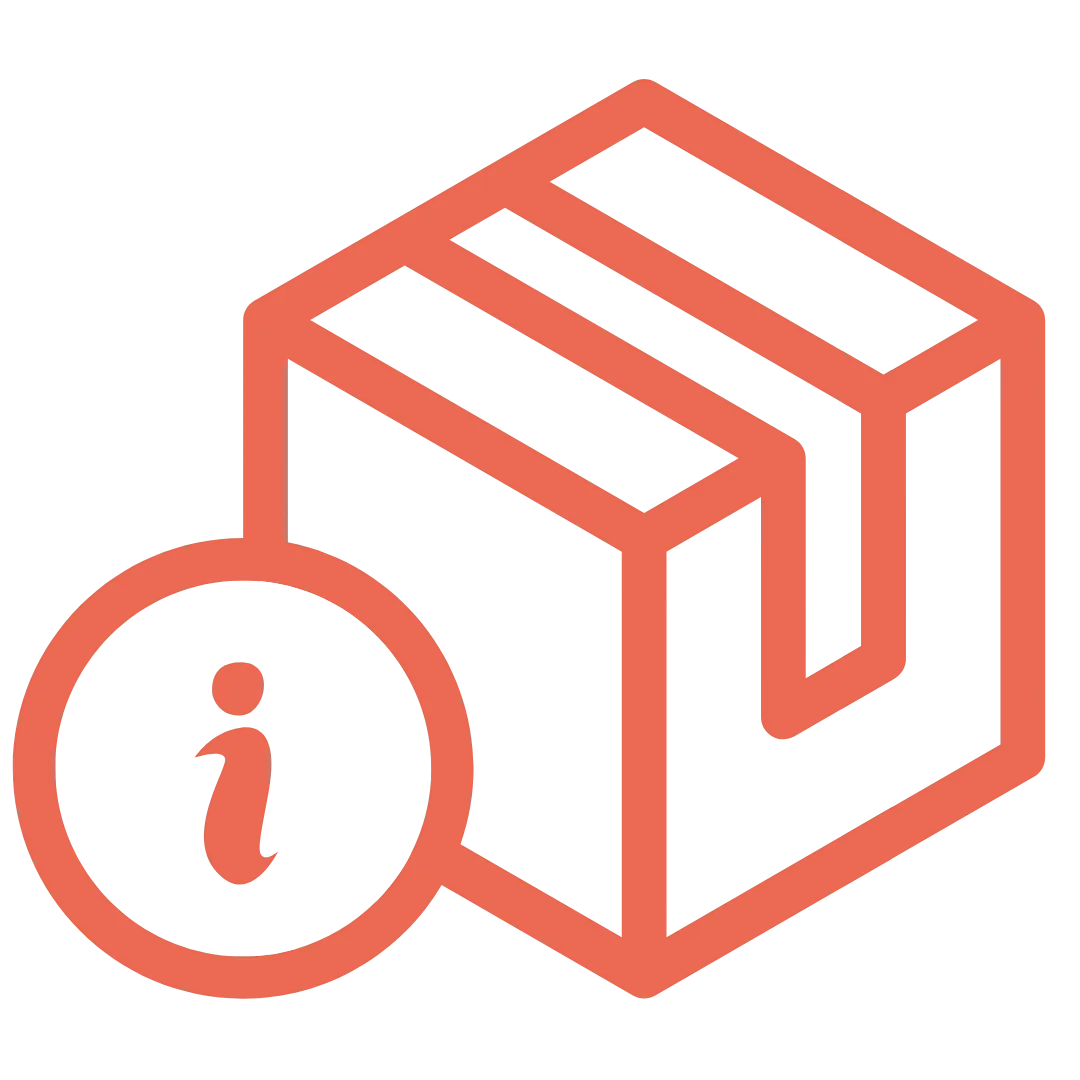
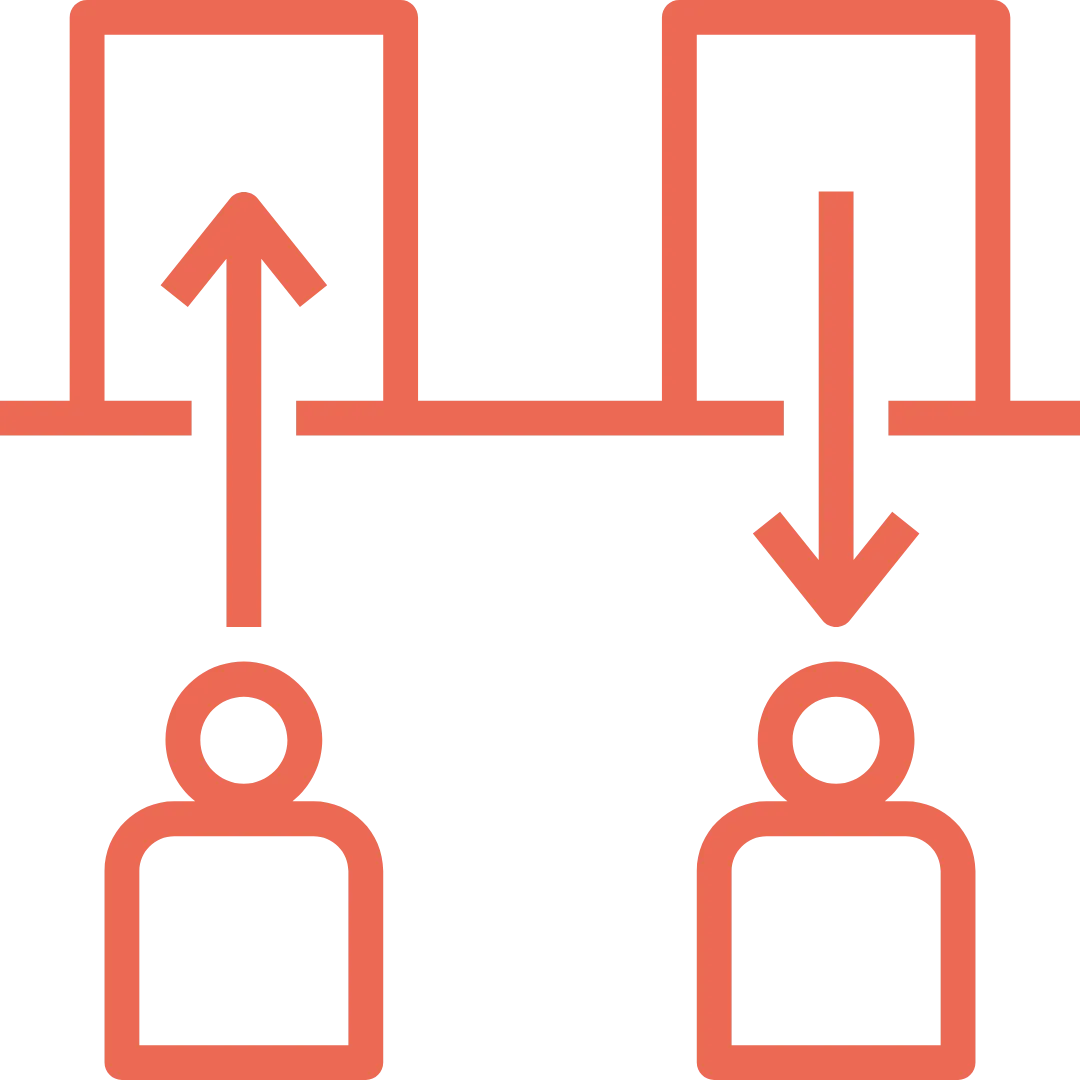

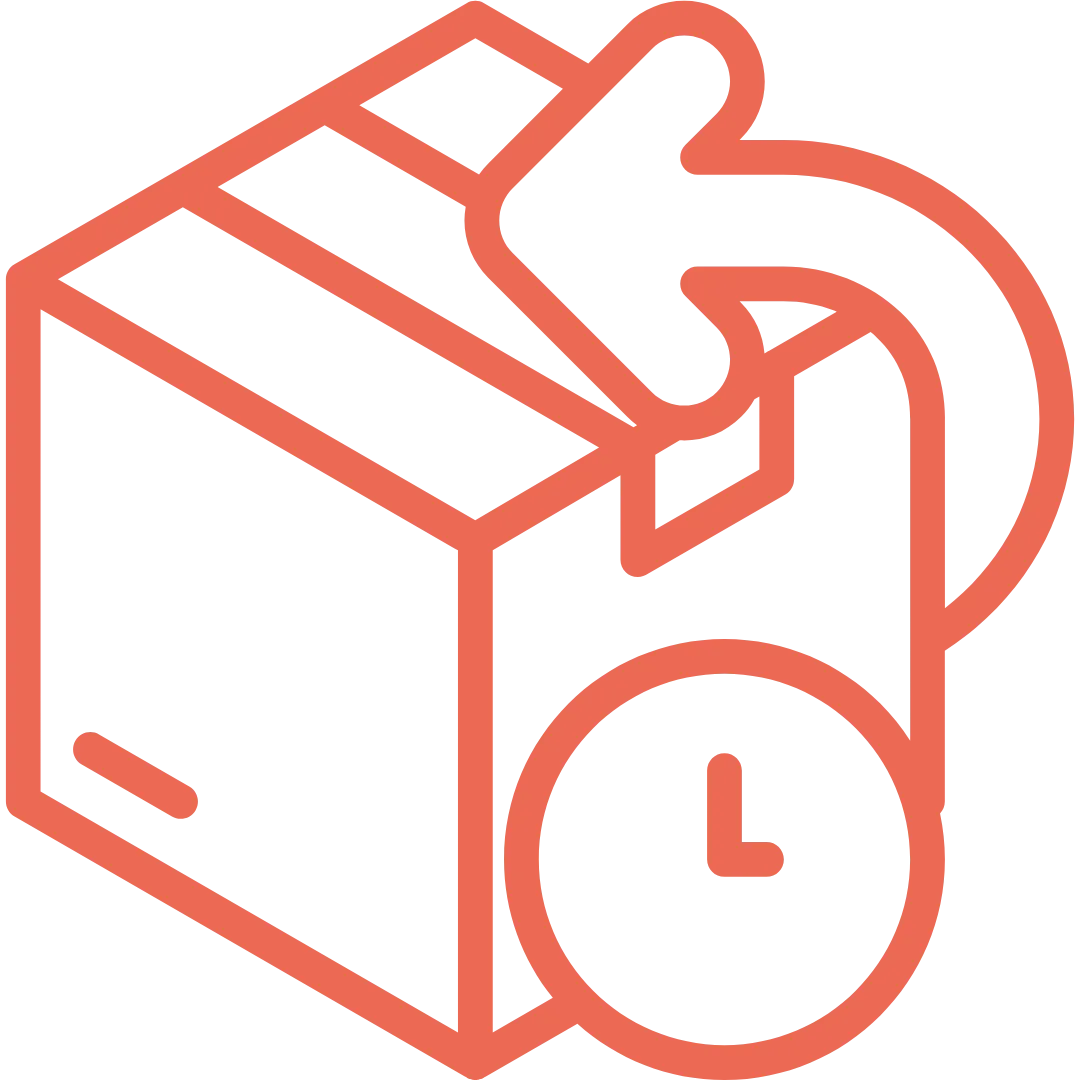




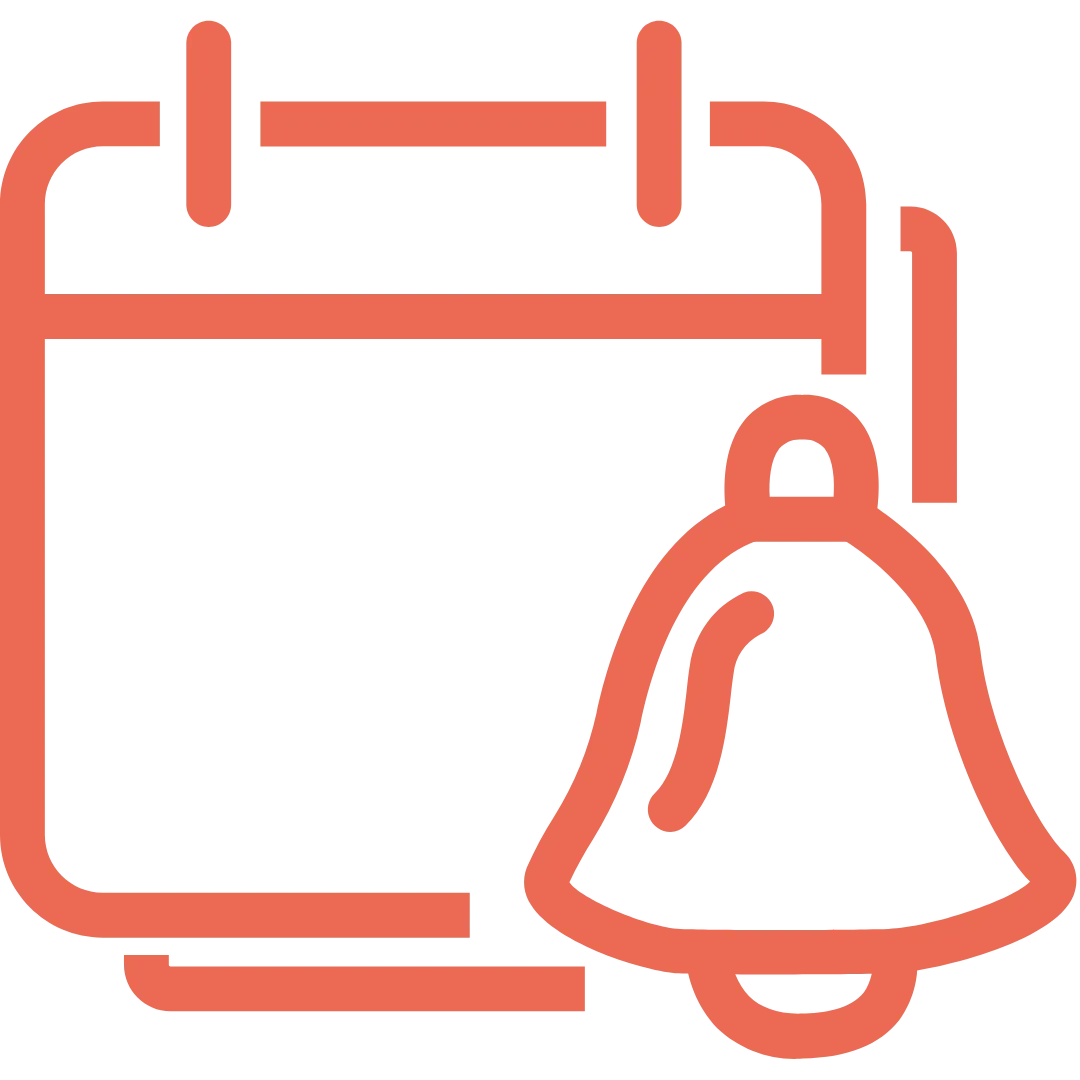

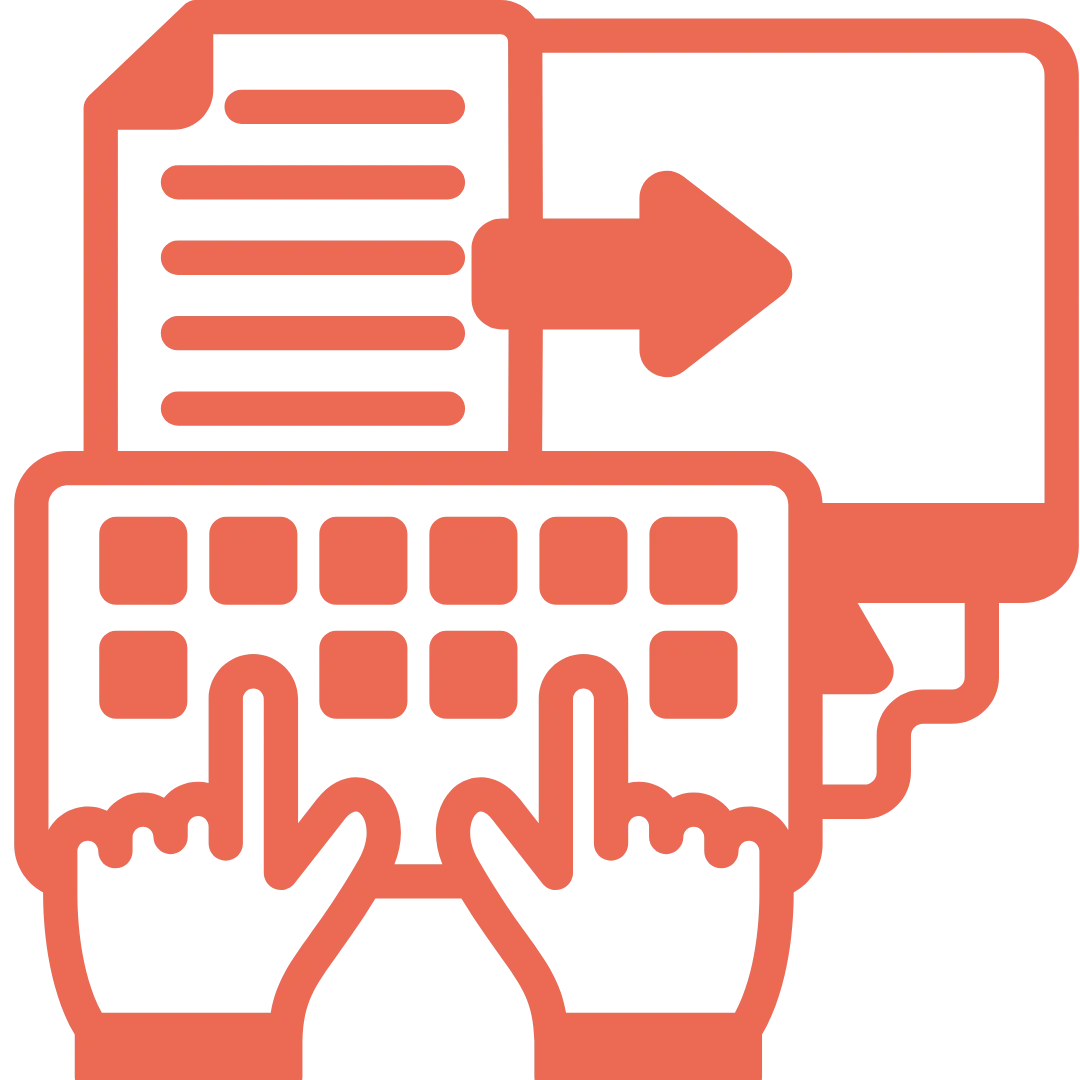
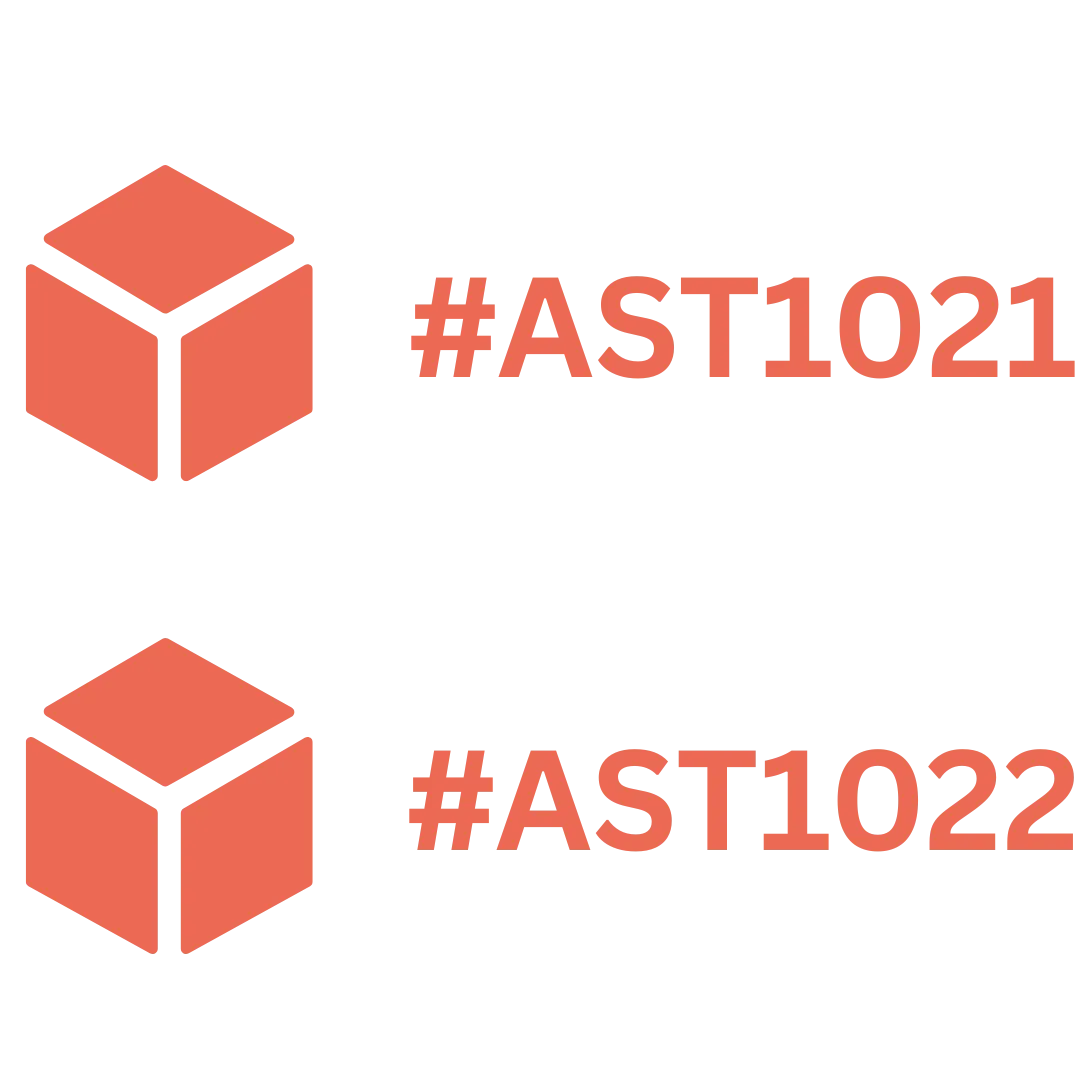
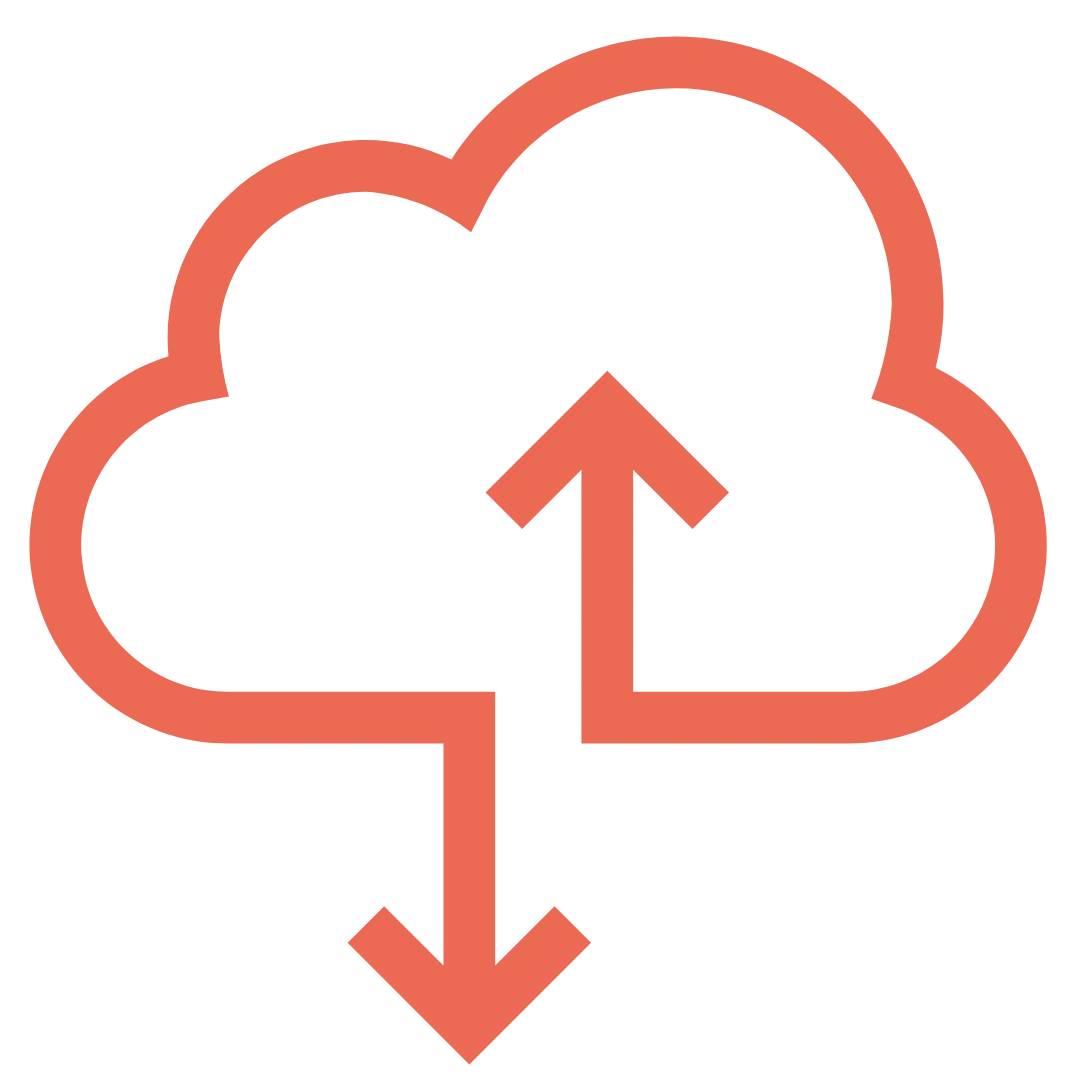


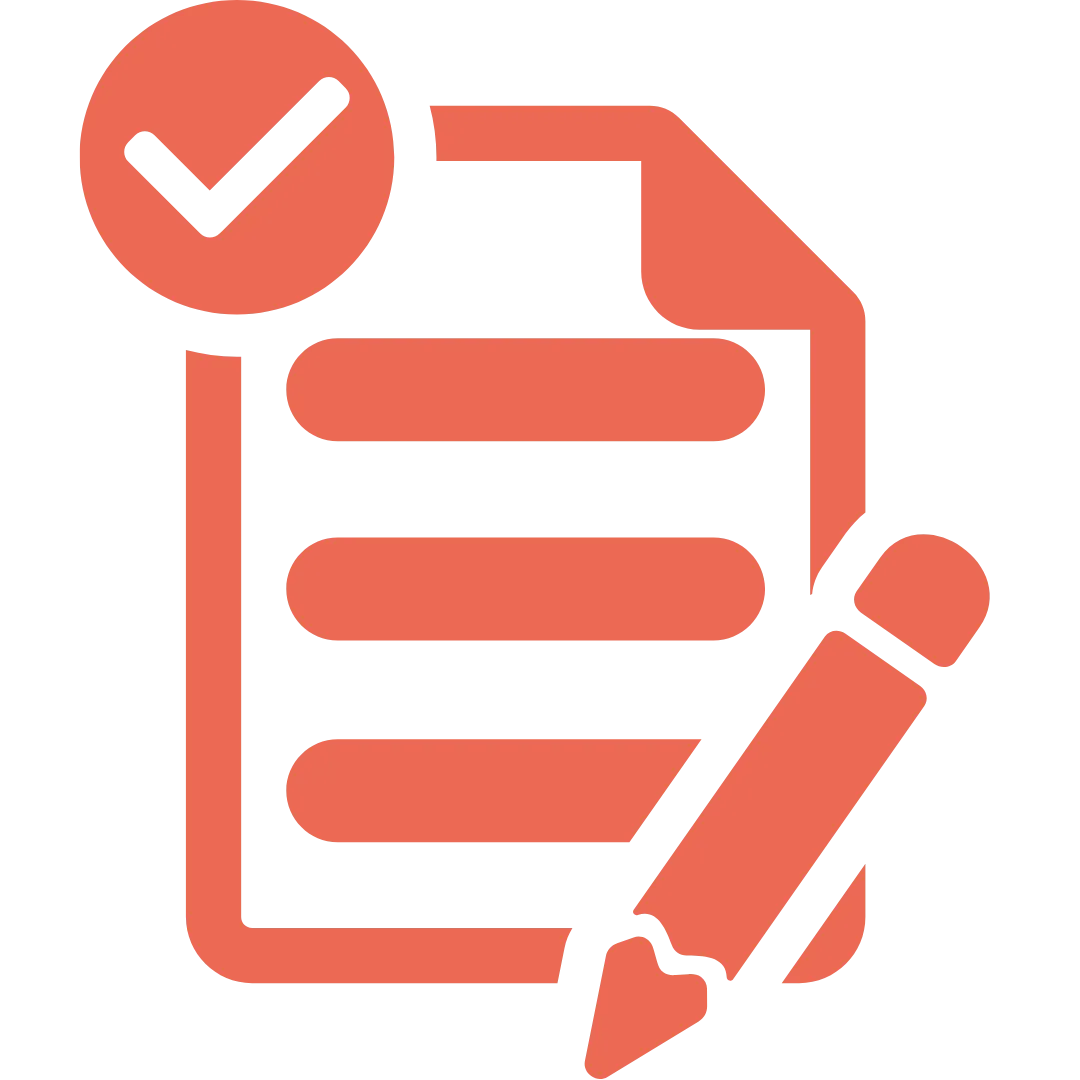
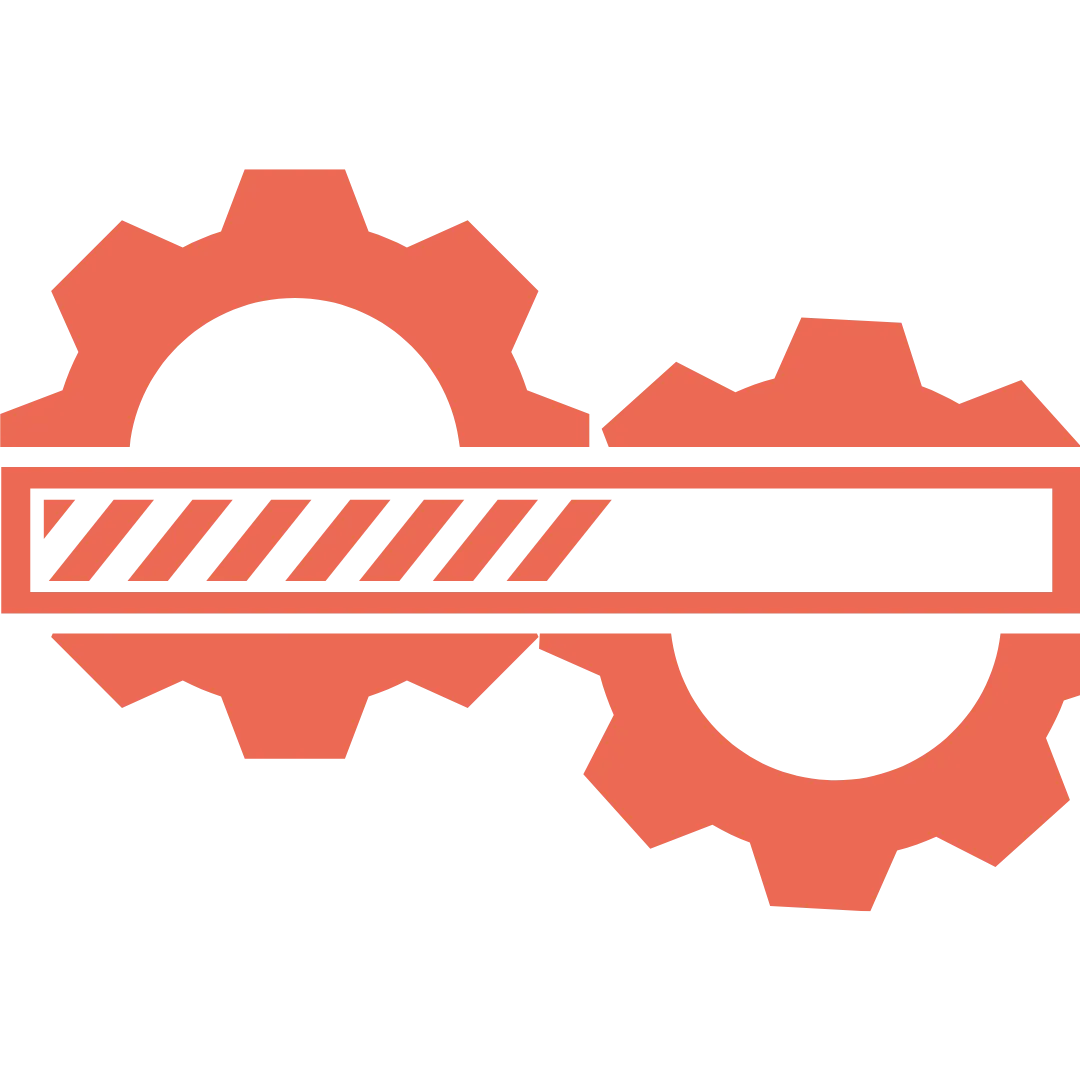
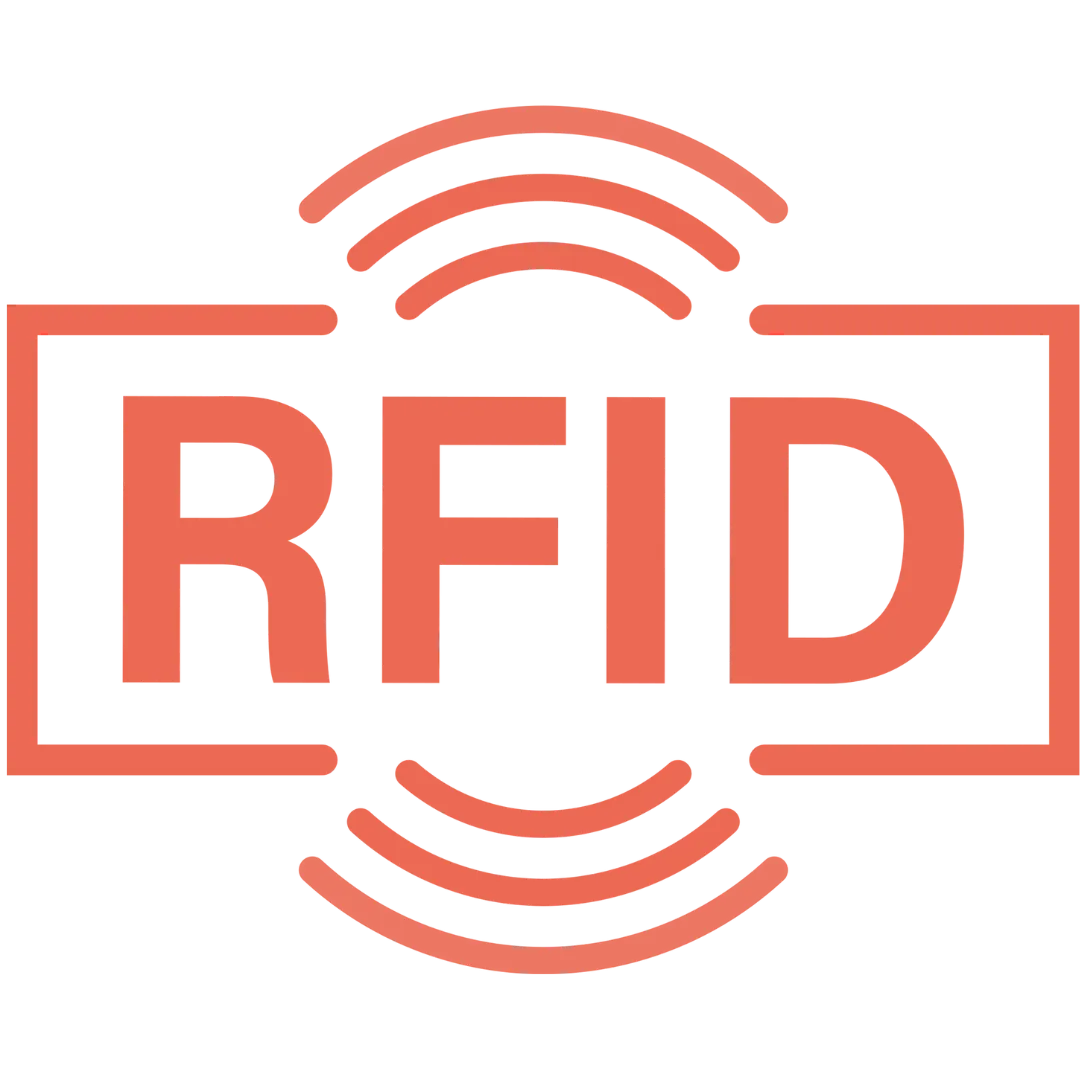

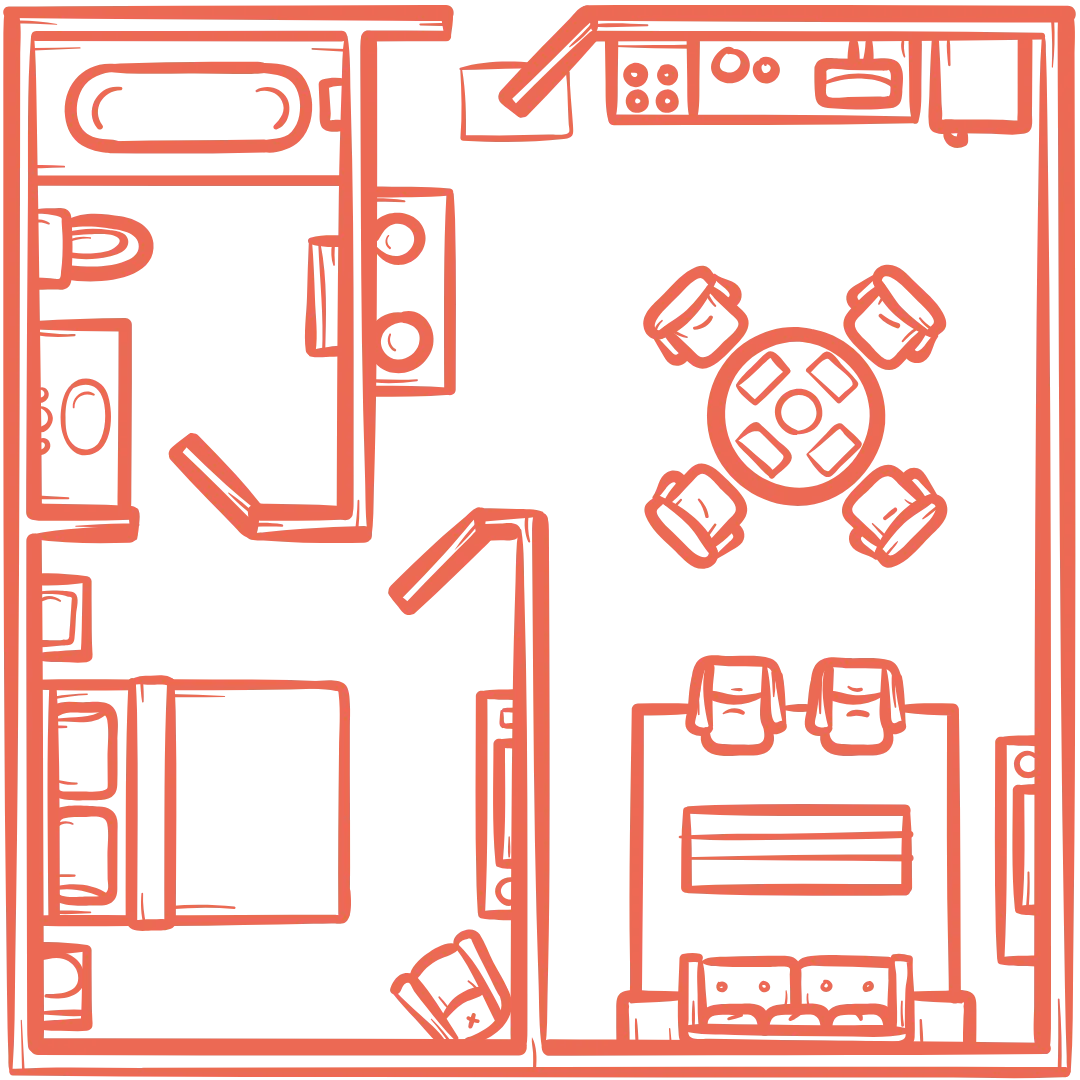




























.webp)
.webp)
.webp)
.webp)
.webp)
.webp)
.webp)
.webp)
.webp)

.svg)




.webp)
.webp)
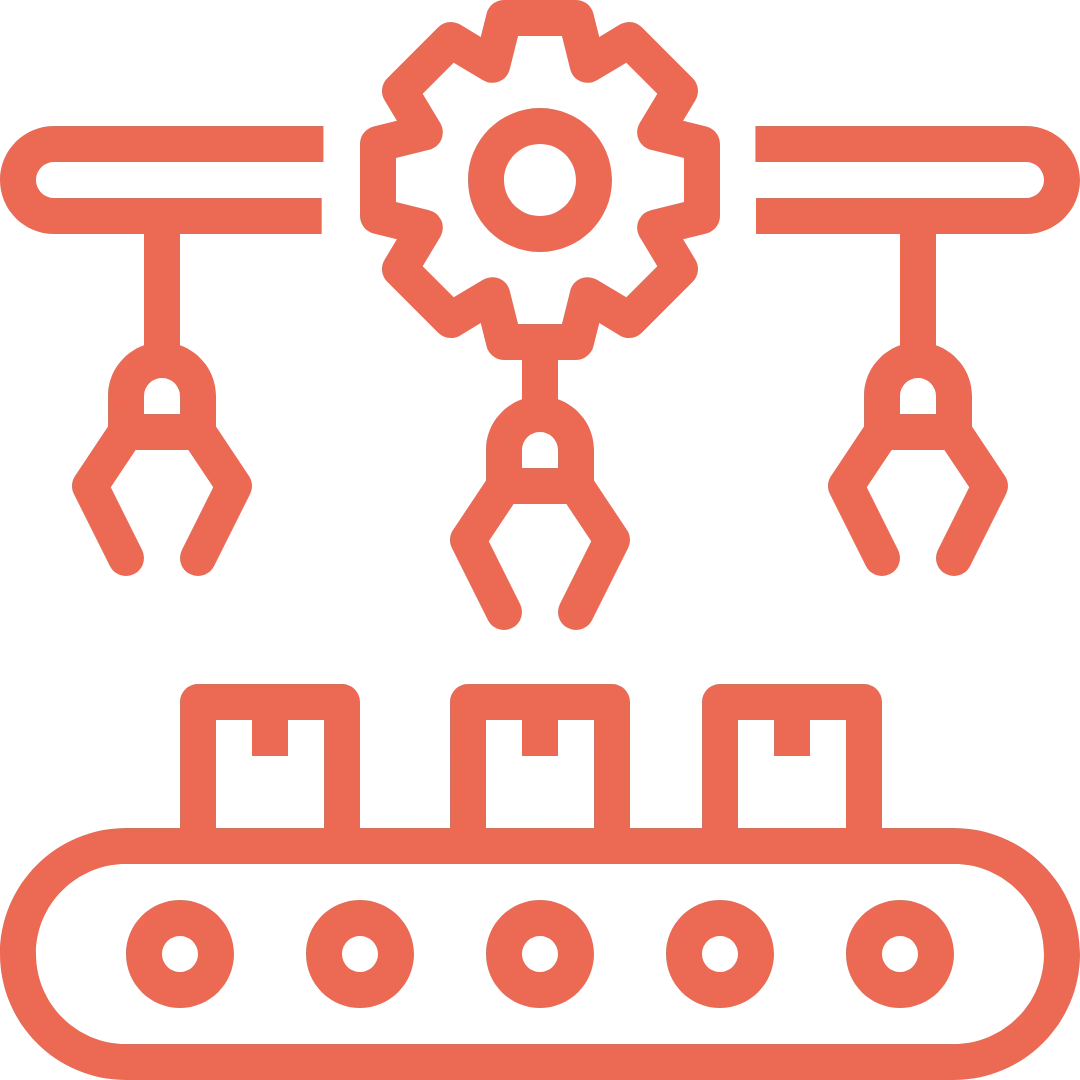





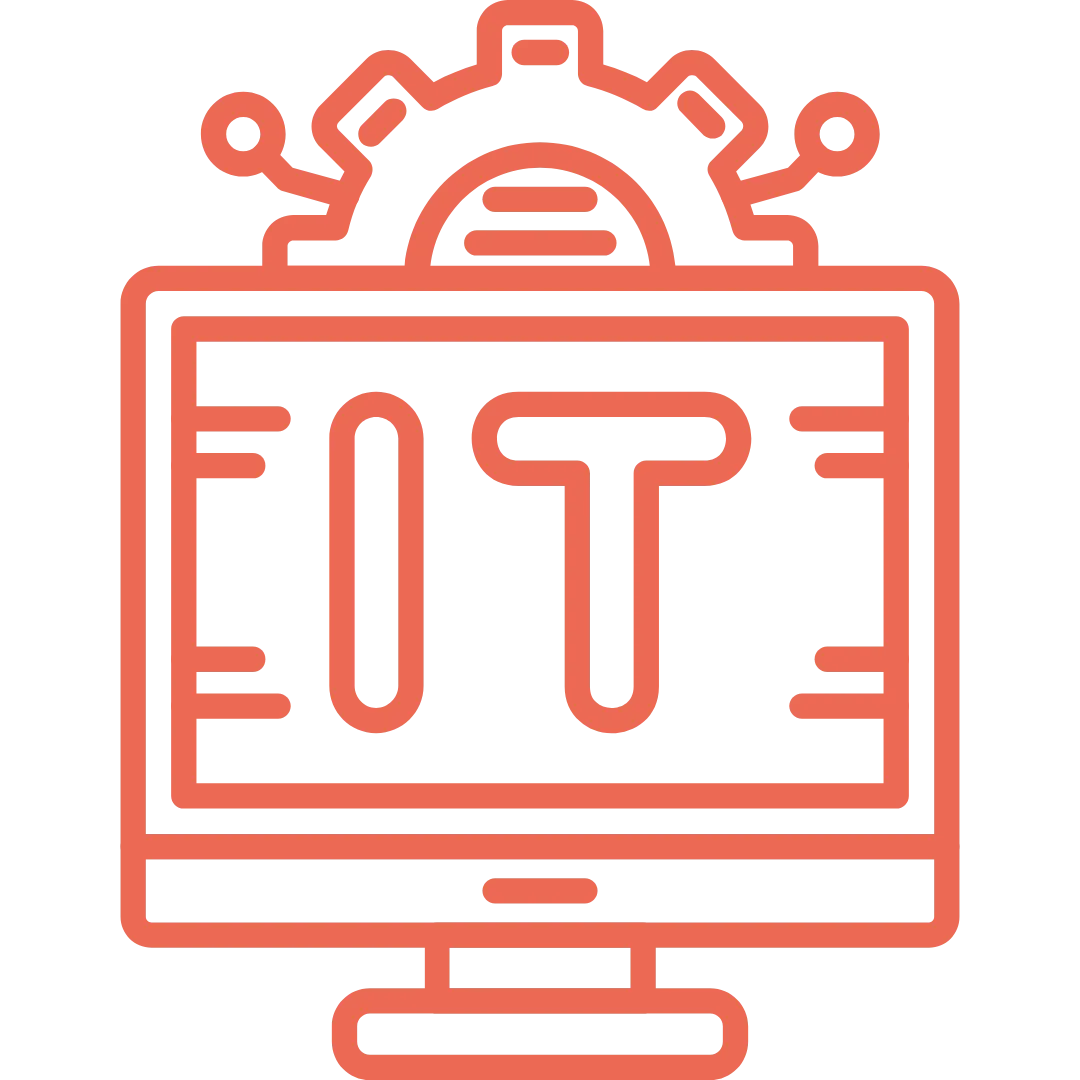


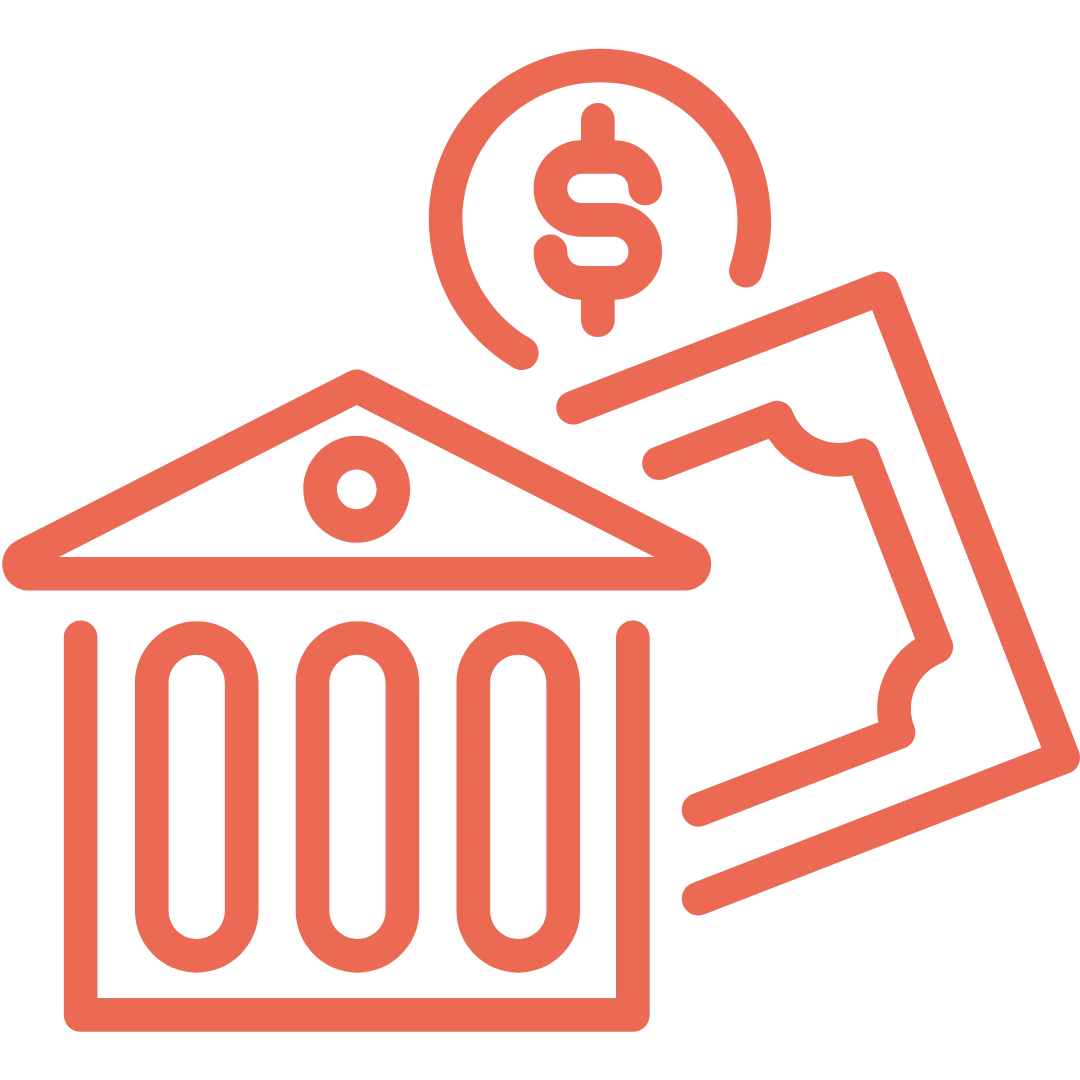




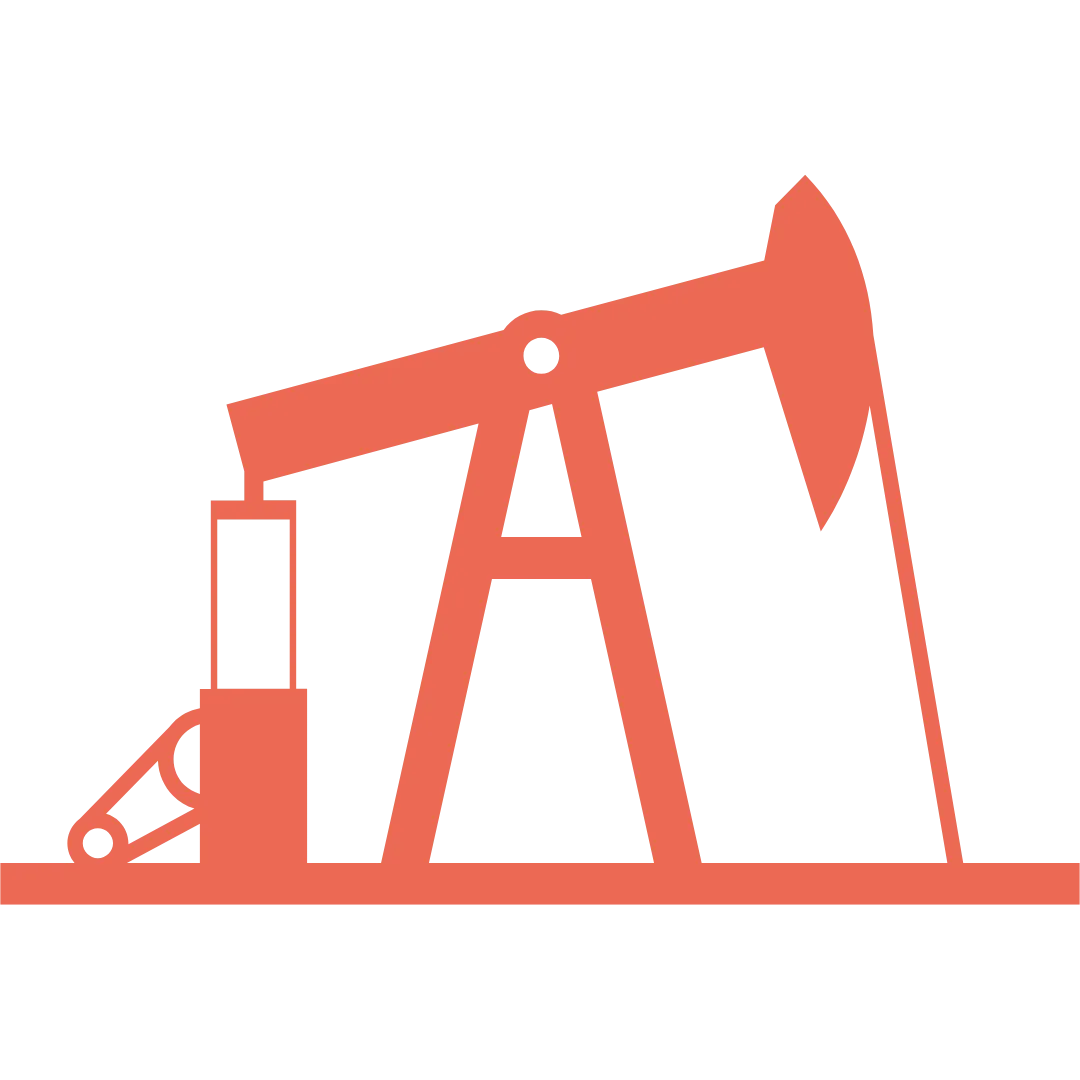
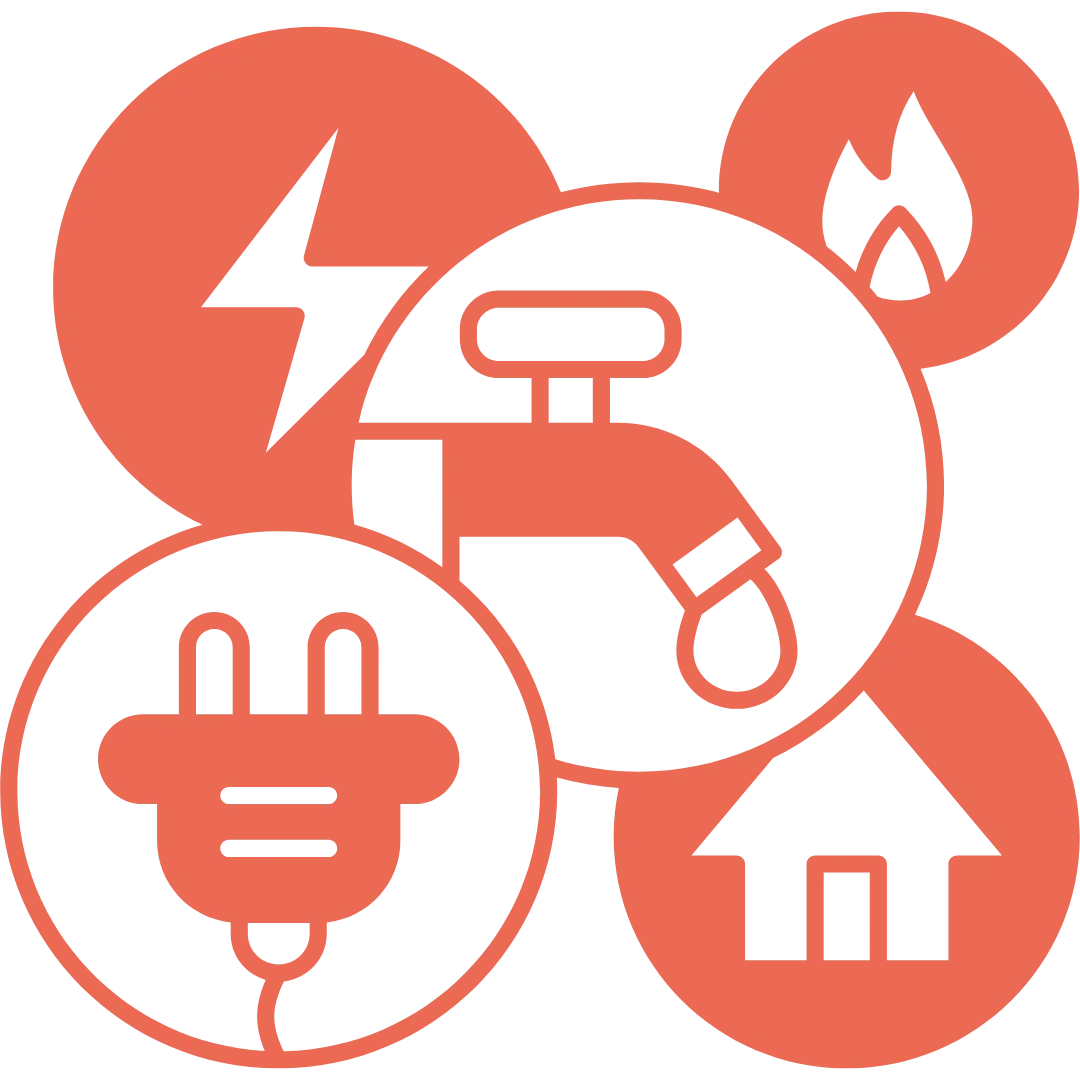

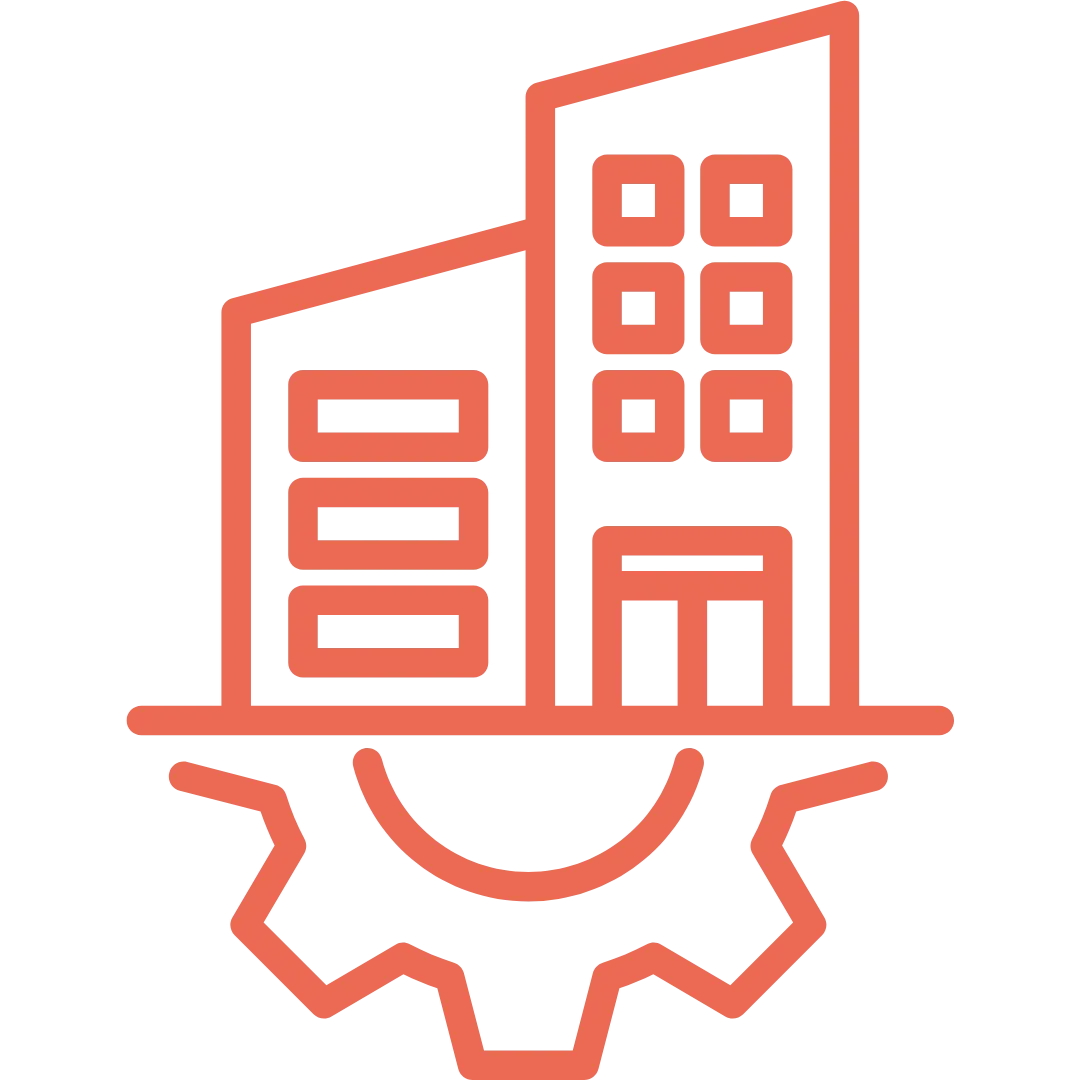
















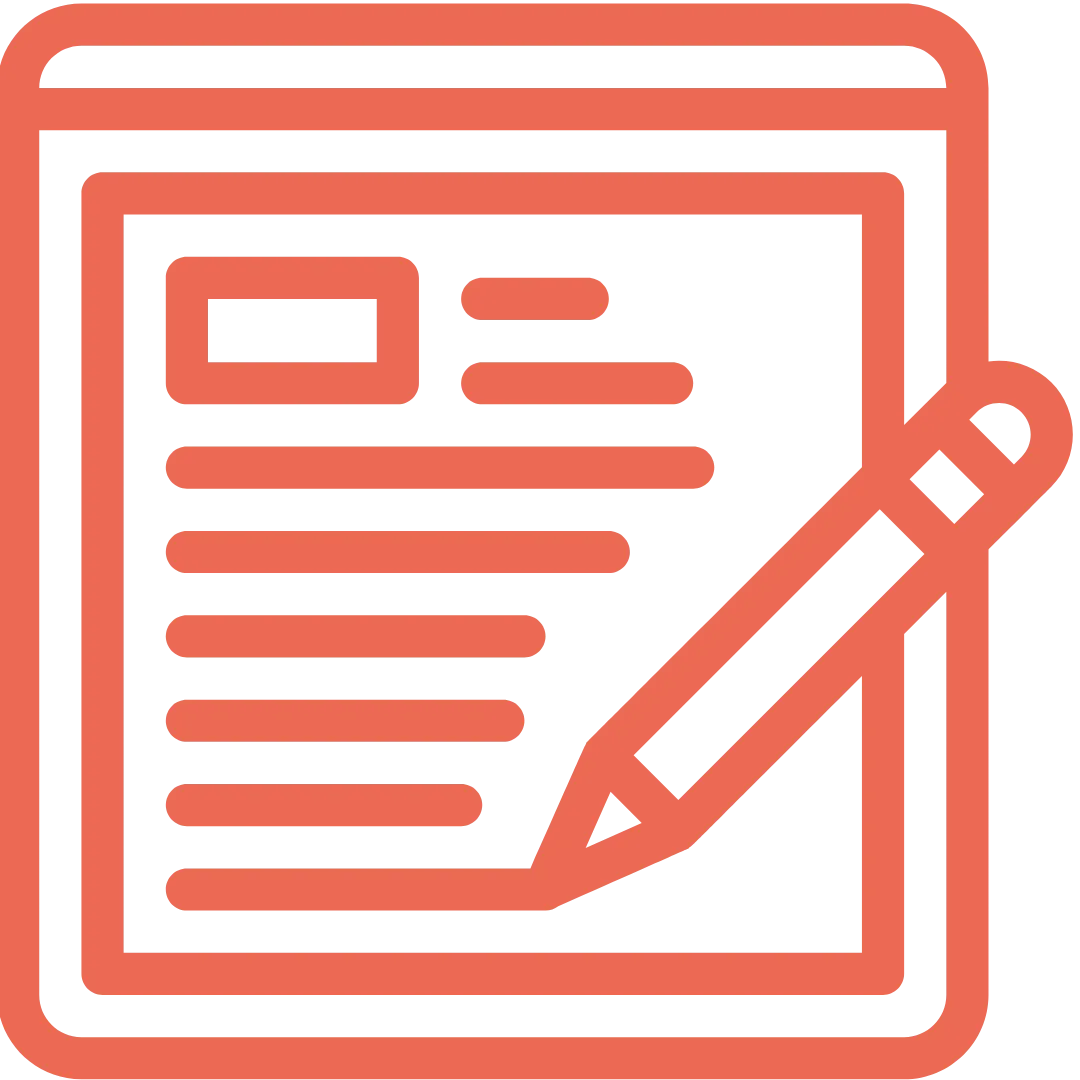

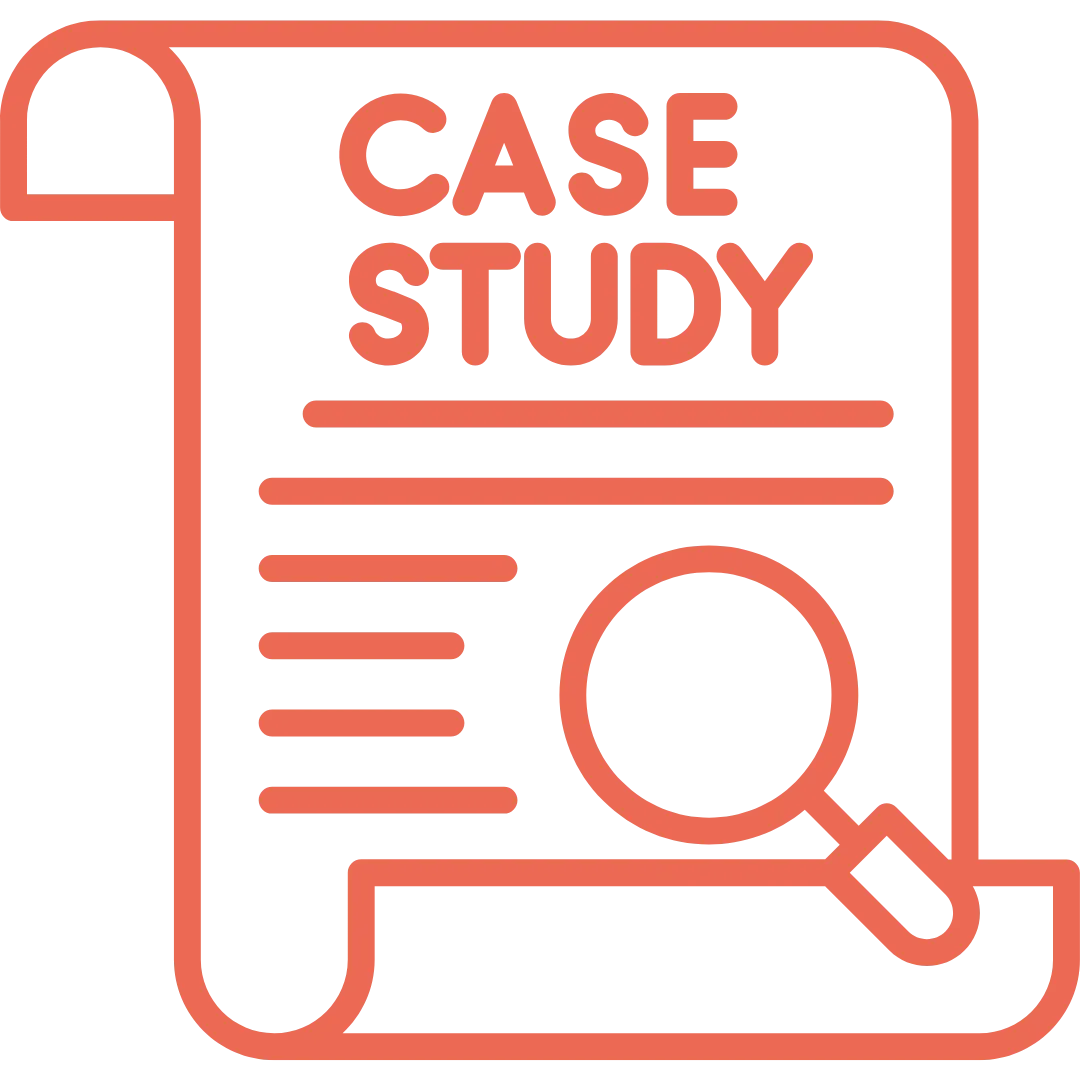






.png)


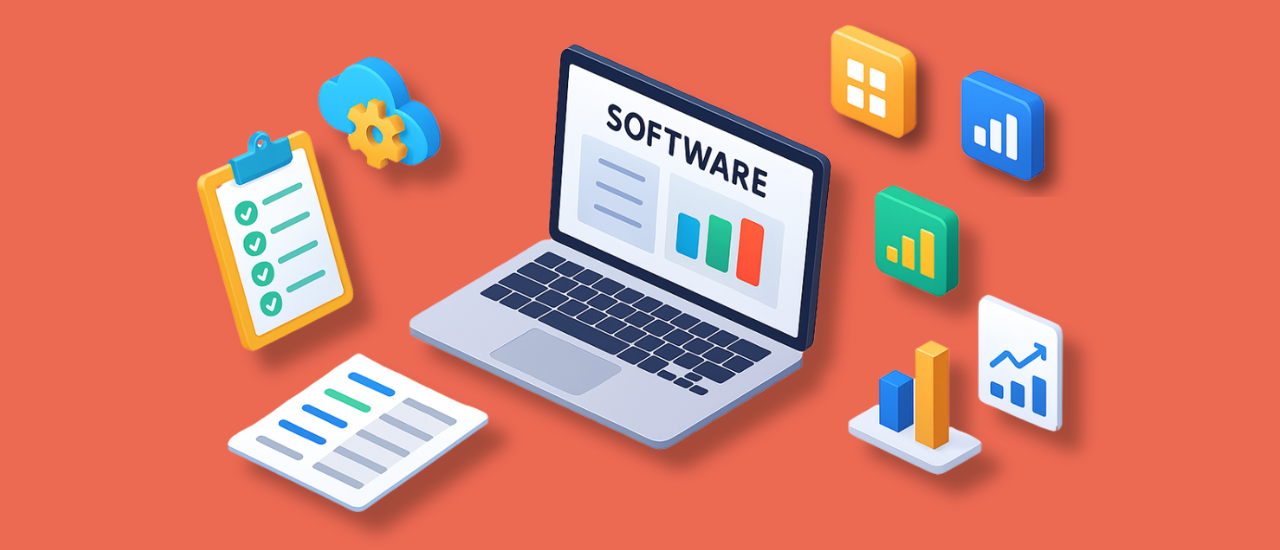
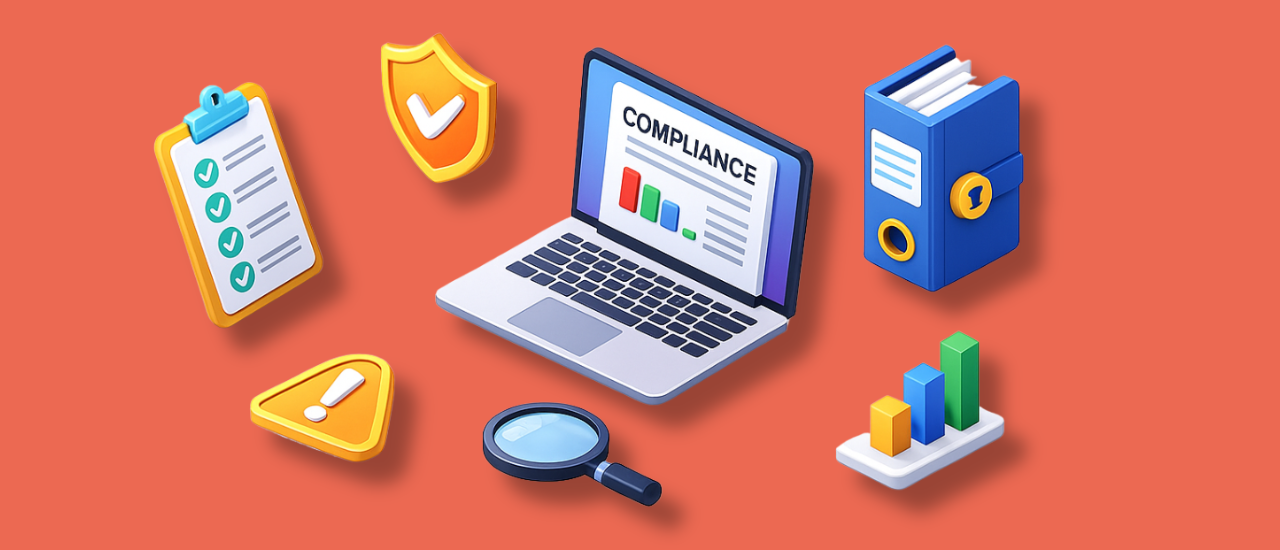
.webp)

















